New Zealand
Welcome to New Zealand
New Zealand, often referred to as Aotearoa (“land of the long white cloud” in Māori), is made up of two main islands—the North Island and the South Island—along with numerous smaller islands. Each region offers its own distinct charm. The North Island is known for its geothermal wonders, Māori heritage, and cosmopolitan cities like Auckland and Wellington. The South Island captivates visitors with its majestic Southern Alps, fjords like Milford Sound, and adventure capitals such as Queenstown.
The country is celebrated for its commitment to sustainability and eco-friendly travel, ensuring that its pristine environment remains protected for generations to come. In 2025, New Zealand continues to lead in eco-tourism, offering travelers opportunities to explore responsibly while supporting local communities and conservation efforts.
Why Visit New Zealand?
1.
Nature and Adventure at Every Turn
New Zealand’s landscapes are nothing short of spectacular. Imagine hiking through ancient rainforests, kayaking on turquoise lakes, or marveling at glowworm-lit caves. The country is a playground for outdoor enthusiasts—think bungee jumping in Queenstown, glacier hiking on the West Coast, or exploring the volcanic wonders of Rotorua. For those who prefer a slower pace, there are serene vineyards, tranquil beaches, and world-class golf courses to enjoy.
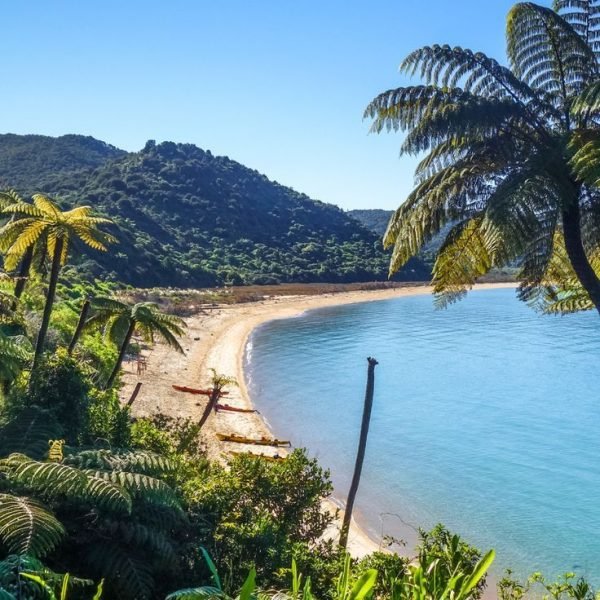
2.
Rich Culture and Warm Hospitality
Beyond its natural beauty, New Zealand offers a deep dive into Māori culture and modern Kiwi life. Attend a traditional haka performance, visit marae (Māori meeting grounds), or sample indigenous cuisine. The locals, known as Kiwis, are famously friendly and welcoming, eager to share their stories and traditions. Festivals, art galleries, and lively food scenes in cities like Wellington and Auckland provide a vibrant urban contrast to the wild outdoors.
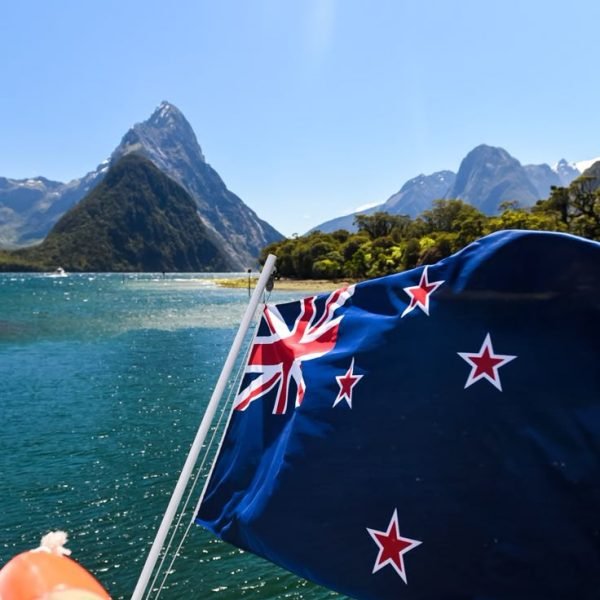
Planning Your Trip
Visa Information
As of 2025, New Zealand has modernized its visa system, making it more accessible and streamlined for travelers. The main types of visas include:
- Visitor Visa: Ideal for tourists, this visa typically allows stays of up to 9 months within an 18-month period. Citizens of visa-waiver countries can enter without a traditional visa but must obtain a New Zealand Electronic Travel Authority (NZeTA) before arrival. Requirements include proof of onward travel, sufficient funds (at least NZD $1,000 per month), medical/travel insurance, and a clear purpose of visit. Processing times average 20 to 30 days2.
- Work and Study Visas: For those interested in working or studying, New Zealand offers dedicated visa categories such as the Accredited Employer Work Visa and various student visas. Each has specific eligibility criteria, including job offers, proof of qualifications, and English proficiency for work visas.
It’s advisable to check the latest requirements and apply well in advance, as rules and processing times can change.
Best Time to Visit
New Zealand’s seasons are opposite to those in the Northern Hemisphere, with summer running from December to February and winter from June to August. The best time to visit depends on your interests:
- January to March: This is the peak summer season, offering warm temperatures (highs in the 60s and 70s Fahrenheit), long daylight hours, and ideal conditions for outdoor activities. It’s perfect for hiking, beach trips, and attending festivals. While January is the busiest, February and March see fewer crowds and continued good weather.
- Shoulder Seasons (April-May, September-November): These months offer milder weather, fewer tourists, and lower prices. Autumn (April-May) brings stunning fall foliage, especially in the South Island, while spring (September-November) is marked by blooming flowers and newborn lambs.
- Winter (June-August): Visit during winter for world-class skiing and snowboarding in regions like Queenstown and Wanaka. The landscapes take on a magical quality, with snow-capped peaks and cozy lodges.
Rainfall varies across the country, so pack layers and a rain jacket, especially if you plan to visit the West Coast or Fiordland, which are known for their wet climates.
Getting To and Around
Getting to New Zealand
New Zealand is well-connected to major cities worldwide, with direct flights from Australia, Asia, North America, and the Middle East. The main international gateways are Auckland, Wellington, and Christchurch. Auckland International Airport is the largest and busiest, serving as the primary entry point for most visitors.
Getting Around
Traveling within New Zealand is easy and offers a variety of options to suit different styles and budgets:
- Self-Drive: Renting a car or campervan is one of the most popular ways to explore, giving you the freedom to discover hidden gems at your own pace. The country’s compact size and well-maintained roads make road trips a breeze.
- Public Transport: Major cities like Auckland and Wellington offer efficient bus and rail networks. Regional buses connect towns and tourist hotspots, while scenic train journeys such as the TranzAlpine and Coastal Pacific offer breathtaking views, though schedules can be limited and are more suited for sightseeing than regular transport.
- Backpacker Buses: Hop-on/hop-off bus passes are a favorite among budget travelers, providing flexible itineraries and opportunities to meet fellow adventurers. Companies like Kiwi Experience offer packages ranging from a few days to several weeks.
- Domestic Flights: For longer distances, especially between the North and South Islands, domestic flights are quick and convenient, connecting major cities and regional airports.
- Ferries: The Interislander and Bluebridge ferries operate between Wellington (North Island) and Picton (South Island), offering a scenic way to cross the Cook Strait.
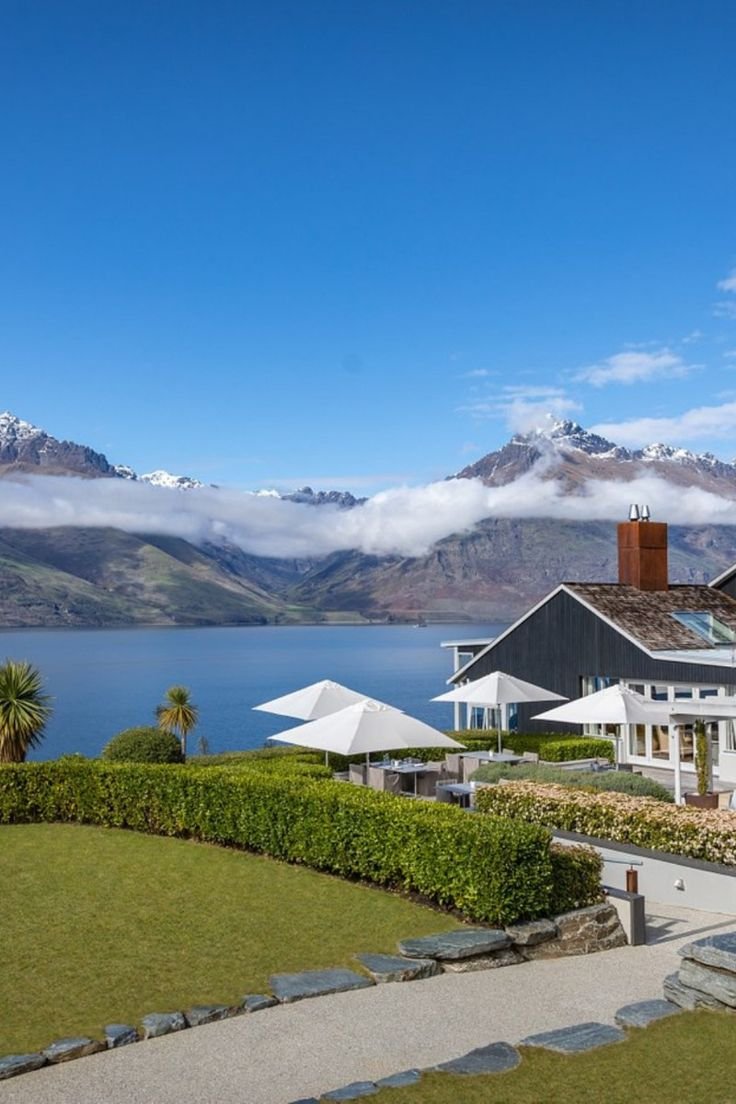
Accommodation
New Zealand offers a diverse range of accommodation options that cater to every type of traveler, from budget backpackers to luxury seekers. Whether you prefer the comfort of a hotel, the sociability of hostels, or the independence of self-catering apartments and holiday homes, you will find something to suit your needs across the country.
Budget and Mid-Range Accommodation
For travelers on a budget, New Zealand has numerous hostels and motels that provide affordable, clean, and friendly environments. Hostels are especially popular among backpackers and solo travelers, offering dormitory-style rooms as well as private rooms. Many hostels also organize social events and tours, making them great places to meet fellow travelers.
Motels and holiday parks provide self-contained units or cabins, often with kitchen facilities, which are ideal for families or groups. These are widely available in towns and near popular tourist spots like Rotorua, Taupo, and Queenstown.
Hotels and Resorts
For those seeking more comfort, New Zealand’s cities and tourist hubs boast a wide selection of hotels ranging from boutique city hotels to international luxury chains. Auckland, Wellington, Christchurch, and Queenstown have numerous upscale hotels offering excellent amenities such as spas, fine dining, and concierge services.
In 2025, New Zealand is also seeing a rise in ultra-luxury accommodations that combine exquisite design with spectacular natural settings. For example, the newly revamped Te Arai Links on the North Island offers exclusive villas with gourmet kitchens and stunning coastal views, perfect for golf enthusiasts and those wanting a high-end retreat. Similarly, Flockhill in the Southern Alps provides wilderness luxury with helicopter access, blending rugged alpine beauty with elegant comfort.
Student and Short-Term Rentals
For students and longer-term visitors, universities like Waikato, Auckland University of Technology (AUT), and the University of Auckland provide secure, modern student accommodation options. These range from single rooms in shared apartments to private studios, often self-catered and located close to campus. Facilities typically include communal lounges, study rooms, laundry, and 24/7 pastoral care support, creating a safe and social environment.
Outside of university housing, flatting (shared renting) is a common choice for students and young professionals. Flatting involves renting a room in a shared house or apartment, which can be more economical and offers a chance to live like a local.
Unique Stays and Eco-Lodges
New Zealand also offers unique accommodation experiences such as eco-lodges, boutique farm stays, and luxury wilderness retreats. These options provide immersive experiences in nature while emphasizing sustainability and local culture. Many lodges are situated in remote locations, perfect for disconnecting and enjoying the country’s pristine environment.
Booking Tips
- Book early, especially during peak seasons (December to February) and around major events.
- Consider location carefully—staying near city centers or popular attractions can save travel time.
- Check what amenities are included, such as Wi-Fi, parking, and kitchen facilities.
- For longer stays, look into rental agreements and flatting options to find the best fit.
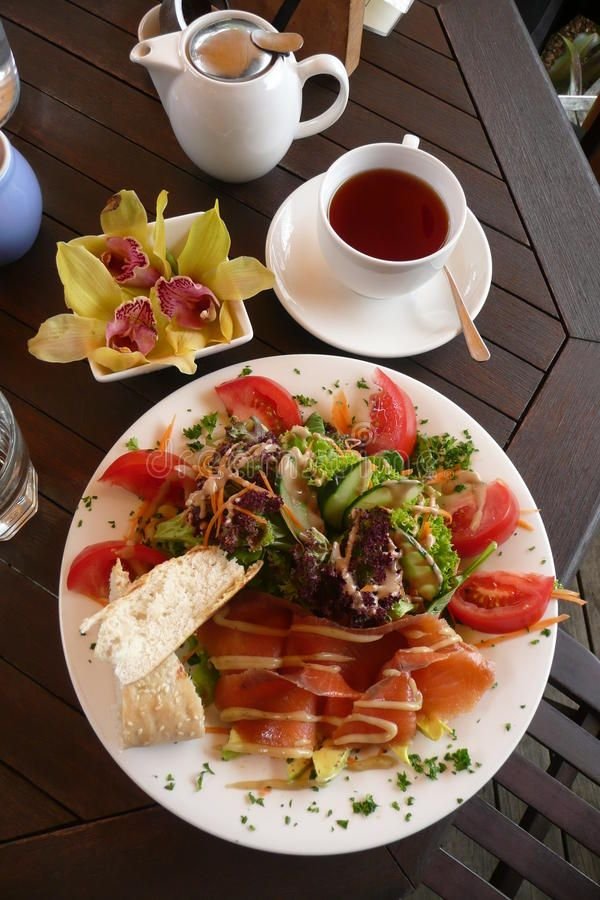
Food and Drink
New Zealand’s culinary scene in 2025 is a vibrant fusion of fresh local produce, indigenous Māori flavors, and international influences, reflecting the country’s diverse culture and rich natural resources.
Fresh and Local Ingredients
New Zealand’s temperate climate and fertile soils produce an abundance of fresh fruits, vegetables, and seafood. Lamb, beef, and dairy products are world-renowned for their quality, and you’ll find these featured prominently on menus nationwide. Seafood lovers will delight in fresh green-lipped mussels, Bluff oysters, hoki, and wild-caught fish.
Farmers’ markets and local food festivals are excellent places to sample seasonal produce and artisanal goods, from organic honey and cheeses to freshly baked breads and native herbs.
Māori Cuisine
Māori food traditions are an integral part of New Zealand’s culinary identity. Traditional dishes often involve slow cooking in an earth oven (hangi), which imparts a distinctive smoky flavor to meats and vegetables. Modern chefs are creatively incorporating native ingredients such as kūmara (sweet potato), fernroot, and horopito (native pepper) into contemporary dishes, offering a unique taste of the indigenous culture.
Visitors can experience authentic Māori feasts and cultural performances at marae or specialized restaurants, which provide insight into the history and significance of the food.
Dining Out
New Zealand’s cities boast a thriving restaurant scene with options ranging from casual cafés to fine dining establishments. Auckland and Wellington, in particular, are known for their innovative chefs and vibrant food culture. You’ll find everything from fresh seafood and gourmet burgers to Asian fusion and vegan cuisine.
Wine bars and craft breweries are popular, showcasing New Zealand’s excellent wines—especially Sauvignon Blanc from Marlborough and Pinot Noir from Central Otago—and a growing selection of locally brewed beers and ciders.
Wine and Beverage Culture
New Zealand is internationally acclaimed for its wine production. The wine regions of Marlborough, Hawke’s Bay, and Central Otago offer cellar door tastings and vineyard tours, where visitors can sample award-winning wines while enjoying stunning vineyard landscapes.
Apart from wine, New Zealanders enjoy coffee culture, with many cafés serving expertly brewed espresso drinks. The country also produces quality craft beers, boutique gins, and artisanal spirits that are gaining global recognition.
Food Festivals and Events
Throughout the year, New Zealand hosts numerous food and wine festivals celebrating local flavors and culinary innovation. Events such as the Marlborough Wine & Food Festival, Auckland Food Show, and Bluff Oyster Festival attract food lovers and provide opportunities to taste the best of New Zealand’s produce alongside live entertainment.
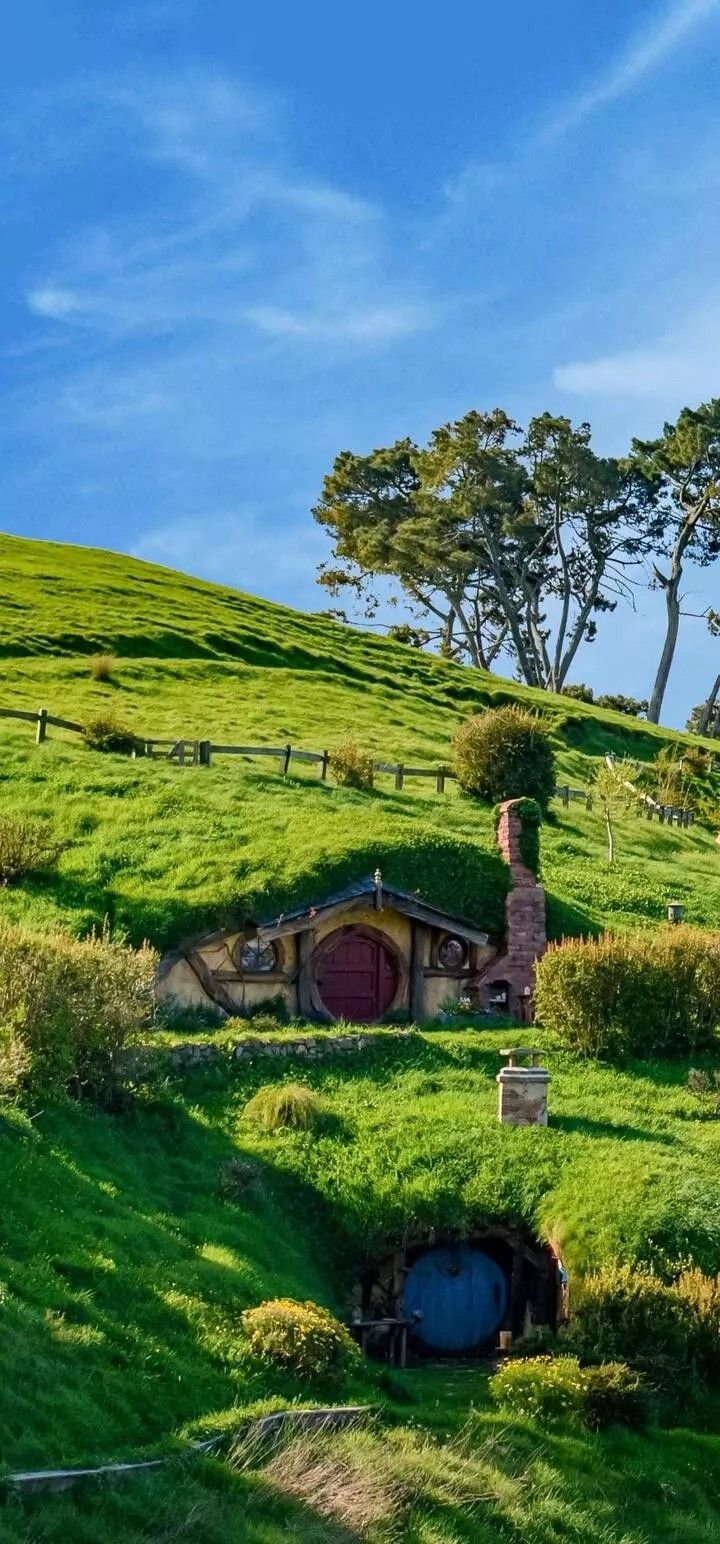
Must-See Attractions
- Milford Sound
Often described as the jewel of Fiordland, Milford Sound is a breathtaking fjord carved by glaciers and surrounded by towering peaks and cascading waterfalls. Visitors can take scenic cruises through its pristine waters, spotting seals, dolphins, and penguins along the way. Kayaking is also popular for those wanting an intimate experience with the fjord’s dramatic landscape. The area’s natural beauty is especially striking during early morning or late afternoon light, making it a photographer’s paradise.
- Wai-O-Tapu Thermal Wonderland
Located on the North Island, Wai-O-Tapu is a geothermal park famous for its vividly colored hot springs, bubbling mud pools, and erupting geysers. The daily eruption of the Lady Knox Geyser at 10:15 am is a highlight. Walking trails wind through the park, allowing visitors to explore surreal landscapes shaped by volcanic activity. The vibrant hues of the Champagne Pool and the Artist’s Palette make this a must-visit for nature lovers and photographers alike.
- Sky Tower, Auckland
The iconic Sky Tower dominates Auckland’s skyline and offers panoramic 360-degree views of the city and surrounding harbors. Visitors can dine in the revolving restaurant or, for the adventurous, try the SkyJump or SkyWalk—thrilling activities that involve leaping or walking on ledges high above the city streets. The Sky Tower is a symbol of Auckland’s modern vibrancy and a great starting point to get your bearings.
- Museum of New Zealand Te Papa Tongarewa
Located in Wellington, Te Papa is New Zealand’s national museum and a treasure trove of the country’s history, culture, and natural environment. Exhibits range from Māori artifacts and interactive displays to an earthquake simulator that offers a visceral experience of New Zealand’s seismic activity. The museum’s engaging storytelling and innovative design make it a must-see for visitors interested in understanding the nation’s identity.
- Redwoods Whakarewarewa Forest
Near Rotorua, this forest is famous for its towering Californian redwoods and extensive walking and mountain biking trails. Visitors can stroll along elevated treewalks or challenge themselves on adrenaline-pumping bike routes. The forest’s serene atmosphere and lush greenery provide a peaceful retreat and a chance to connect with nature.
- Hobbiton Movie Set, Matamata
For fans of the “Lord of the Rings” and “The Hobbit” films, Hobbiton offers a magical journey into Middle-earth. Located in the Waikato region, the movie set features meticulously maintained hobbit holes, the Green Dragon Inn, and the iconic Party Tree. Guided tours bring the enchanting world to life with stories and behind-the-scenes insights.
- Tongariro National Park
A UNESCO World Heritage Site, Tongariro National Park is home to three active volcanoes and some of New Zealand’s most dramatic landscapes. The Tongariro Alpine Crossing is considered one of the best day hikes in the world, taking trekkers through volcanic craters, emerald lakes, and rugged terrain. The park also offers skiing in winter and cultural experiences that highlight Māori heritage.
- Bay of Islands
This subtropical region in the Northland is known for its 144 islands, golden beaches, and abundant marine life. It’s a paradise for sailing, fishing, and dolphin watching. The famous Hole in the Rock boat tour is a highlight, offering spectacular views and encounters with wildlife.
- Kaikoura
A coastal town on the South Island, Kaikoura is renowned for whale watching, where visitors can see sperm whales, dolphins, and seals. The surrounding mountains and ocean create a stunning backdrop for activities like scuba diving, kayaking, and hiking.
- Christchurch
Rebuilt after devastating earthquakes, Christchurch blends historic charm with modern innovation. The Botanic Gardens, the Christchurch Gondola offering panoramic views, and the vibrant arts scene make it a rewarding destination. The city’s resilience and creativity are evident in its architecture and public spaces.
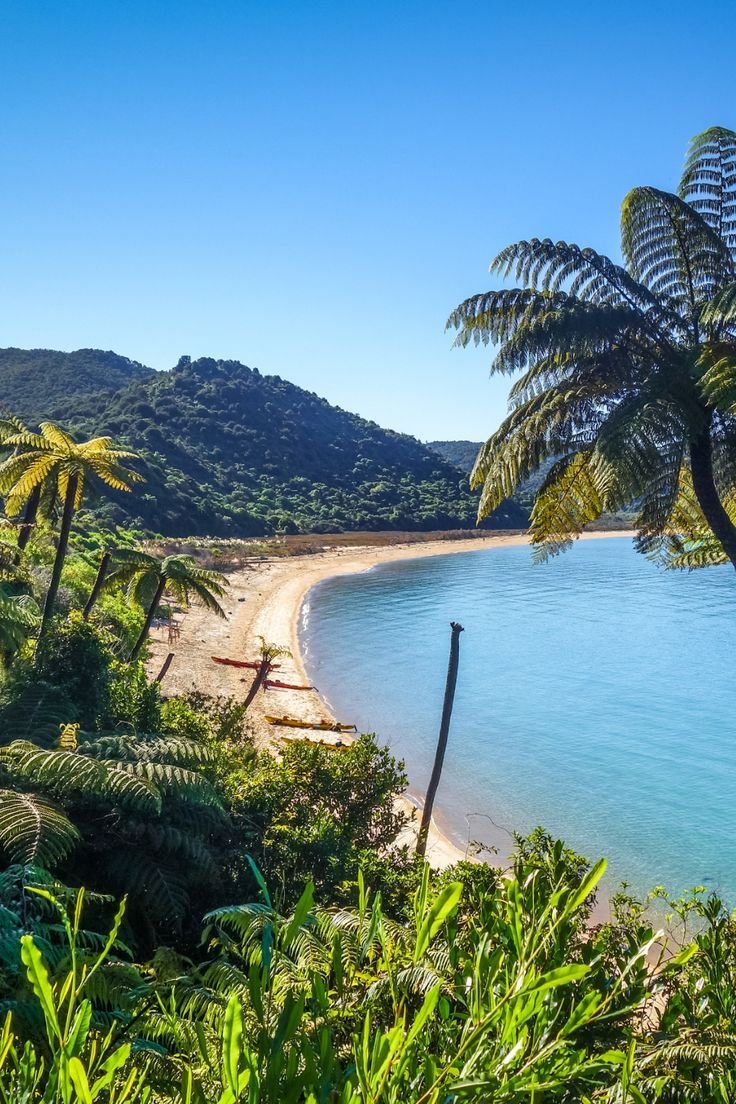
Must-Do Activities
- Hiking and Trekking
New Zealand is a hiker’s paradise with trails ranging from short walks to multi-day treks. The Tongariro Alpine Crossing is a must for experienced hikers, while the Abel Tasman Coast Track offers stunning coastal scenery on the South Island. The Routeburn Track and Kepler Track provide spectacular alpine and forest landscapes, suitable for various fitness levels.
- Adventure Sports in Queenstown
Known as the adventure capital of the world, Queenstown offers bungee jumping, skydiving, jet boating, and paragliding. The Shotover River jet boat rides are thrilling, and the nearby Remarkables mountain range is perfect for skiing and snowboarding in winter. For a less intense experience, scenic gondola rides and wine tours in the surrounding vineyards are popular.
- Geothermal Experiences in Rotorua
Rotorua’s geothermal activity is a unique attraction. Visitors can soak in natural hot springs, explore bubbling mud pools, and witness geyser eruptions. The region also offers cultural experiences with Māori performances, traditional hangi feasts, and visits to marae (tribal meeting grounds).
- Wildlife Encounters
New Zealand’s wildlife is diverse and accessible. Whale watching tours in Kaikoura, dolphin swimming in the Bay of Islands, and bird watching in sanctuaries like Zealandia in Wellington provide unforgettable encounters. The country’s commitment to conservation means many species, including the iconic kiwi bird, can be seen in protected environments.
- Scenic Drives and Road Trips
Driving through New Zealand is an adventure in itself. The South Island’s Southern Scenic Route takes you through fjords, beaches, and rainforests. The North Island’s Thermal Explorer Highway connects geothermal wonders and cultural sites. Renting a campervan is a popular way to explore at your own pace, with plenty of holiday parks and campsites along the way.
- Exploring Glaciers
The Franz Josef and Fox Glaciers on the West Coast offer guided walks and heli-hiking tours. Walking on a glacier or taking a helicopter flight over the icy expanse provides a rare and awe-inspiring experience.
- Wine Tasting
New Zealand’s wine regions, such as Marlborough, Hawke’s Bay, and Central Otago, are famous for their Sauvignon Blanc and Pinot Noir. Vineyard tours and cellar door tastings allow visitors to sample award-winning wines while enjoying stunning landscapes.
- Cultural Experiences
Engage with Māori culture through performances, art, and storytelling. Many places, including Rotorua and Wellington, offer opportunities to learn about traditional customs, crafts, and history. Participating in a hangi feast or visiting a marae enriches your understanding of New Zealand’s indigenous heritage.
- Beach Activities
New Zealand’s coastline is dotted with beautiful beaches perfect for swimming, surfing, and relaxing. Hot Water Beach on the Coromandel Peninsula lets visitors dig their own hot pools in the sand during low tide. Piha Beach near Auckland is famous for surfing and dramatic black sand.
- Stargazing
Thanks to low light pollution, New Zealand is a prime destination for stargazing. The Aoraki Mackenzie Dark Sky Reserve in the South Island offers some of the clearest night skies in the world, ideal for astronomy enthusiasts.
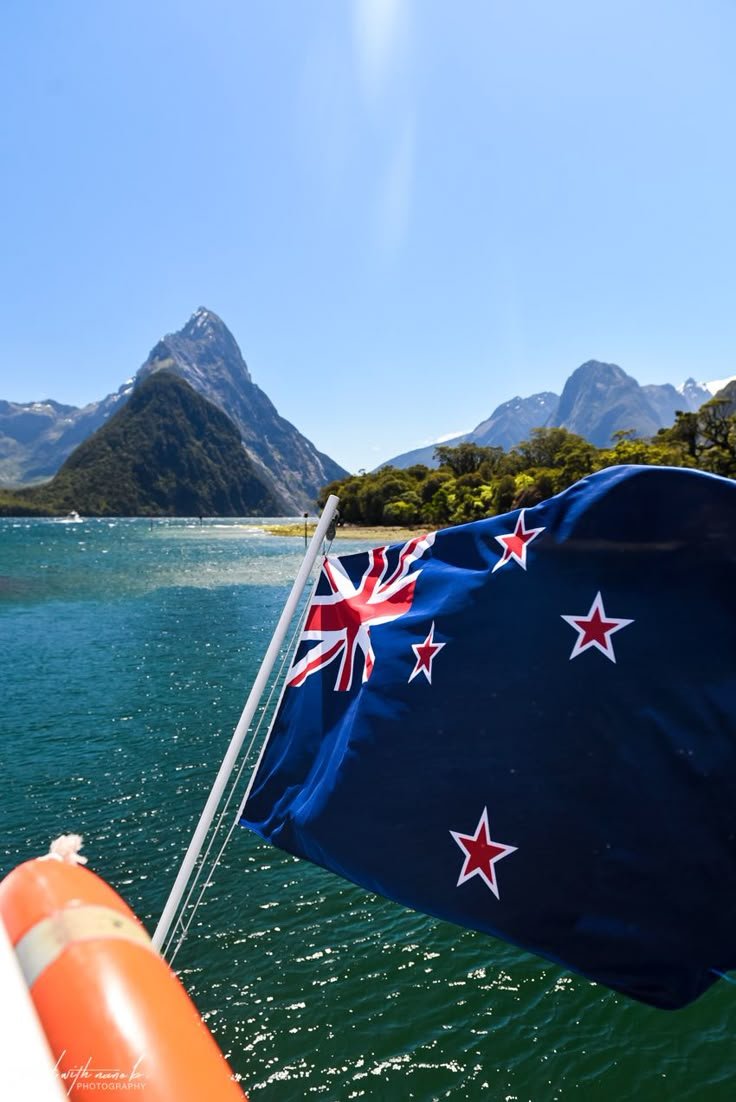
Travel Tips
Traveling to New Zealand in 2025 promises an unforgettable experience filled with stunning landscapes, rich culture, and warm hospitality. To make the most of your trip while staying safe and respectful, here is a comprehensive guide covering essential safety advice, local customs, and language basics.
Safety Advice
General Safety
New Zealand is widely regarded as one of the safest countries for travelers, with low crime rates and high standards of healthcare. However, like anywhere, exercising common sense is key. Petty crimes such as pickpocketing and theft from vehicles can occur, especially in major cities and popular tourist spots. To protect yourself:
- Avoid carrying large amounts of cash or multiple credit cards.
- Keep valuables like cameras, smartphones, and passports secure and out of sight.
- Use hotel safes when available.
- Never leave belongings unattended in public places, including airports, bus stations, and on beaches.
- When parking vehicles or campervans, choose well-lit, busy areas or official holiday parks to reduce the risk of theft.
- Avoid leaving valuables visible inside cars or campervans, and lock them securely in the trunk or glove compartment if necessary.
Road Safety
Driving in New Zealand can be a highlight of your trip, offering freedom to explore remote and scenic areas. However, it requires vigilance:
- Drive on the left side of the road.
- Always wear seatbelts and ensure all passengers do the same.
- Observe speed limits strictly; enforcement through speed cameras is rigorous.
- Never drive under the influence of alcohol or drugs; penalties are severe.
- Be cautious on narrow, winding, and sometimes unpaved roads, especially in mountainous or rural areas.
- Weather conditions can change rapidly, causing slippery roads due to rain, ice, or black ice patches, particularly in winter.
- Watch for roaming livestock such as dairy herds crossing roads.
- Use GPS or route-planning apps, but also check for local road closures or hazards.
- Railway crossings may lack barriers, so slow down and look carefully before crossing.
Outdoor and Water Safety
New Zealand’s natural beauty invites outdoor adventures, but nature can be unpredictable:
- When hiking, inform someone of your itinerary and expected return time.
- Stick to marked trails and heed local warnings about weather or terrain.
- Carry adequate water, warm clothing, and emergency supplies.
- Coastal waters can have strong riptides and sudden currents; swim only at patrolled beaches and obey lifeguard instructions and flag warnings.
- Avoid swimming alone or in unsupervised areas.
- For snorkeling, diving, or other water activities, use reputable operators and ensure your equipment is in good condition.
- Be aware of local wildlife, including seals and occasional shark sightings, and maintain a respectful distance.
Natural Hazards
New Zealand lies on the boundary of two tectonic plates, making earthquakes common:
- Familiarize yourself with earthquake safety: drop to the ground, cover your head and neck, and hold onto shelter.
- If outdoors during an earthquake, move to an open area away from trees, power lines, and buildings.
- Stay updated on weather alerts, especially if traveling in remote areas prone to landslides or flooding.
Emergency Contacts
- Dial 111 for emergency services (police, fire, ambulance) — calls are free.
- Keep a charged mobile phone with you.
- Register your travel plans with your embassy or consulate if possible.
Local Customs
Māori Culture
New Zealand’s indigenous Māori culture is a vital part of the national identity and deserves respect:
- When visiting marae (Māori meeting grounds), follow the protocols, which often include a welcome ceremony (pōwhiri).
- Show respect by listening attentively, removing hats, and refraining from touching sacred objects.
- Learn a few Māori greetings such as “Kia ora” (hello/welcome) and “Haere mai” (come here/welcome).
- Participate respectfully in cultural performances and hangi feasts (traditional earth oven meals).
- Avoid taking photos during certain ceremonies unless invited.
Social Etiquette
- New Zealanders, or Kiwis, are generally friendly, informal, and polite.
- It’s common to greet people with a handshake or a casual “Kia ora.”
- Punctuality is appreciated, especially for business or formal events.
- When invited to someone’s home, bringing a small gift such as wine or flowers is a nice gesture.
- Tipping is not mandatory but appreciated for exceptional service, typically 10% in restaurants.
- Respect personal space and privacy; Kiwis value modesty and direct but courteous communication.
Environmental Respect
New Zealanders take great pride in their natural environment:
- Follow the “Leave No Trace” principles: take your rubbish with you, avoid disturbing wildlife, and stay on marked tracks.
- Do not pick native plants or remove natural objects from parks.
- Use designated camping sites and respect fire regulations.
- Support local conservation efforts by choosing eco-friendly tours and accommodations.
Language Basics
English is the predominant language spoken throughout New Zealand, but Māori is also an official language and widely respected. Here are some useful phrases and tips:
Common Māori Words and Phrases
- Kia ora – Hello, thank you, or good health (used as a greeting or farewell).
- Haere mai – Welcome.
- Whānau – Family.
- Manaakitanga – Hospitality, kindness, and respect.
- Aroha – Love, compassion.
- Tēnā koe – Formal greeting to one person.
- Tēnā kōrua – Greeting to two people.
- Tēnā koutou – Greeting to three or more people.
English Tips for Visitors
- New Zealand English has a distinctive accent and some unique slang terms:
- Sweet as – means “great” or “okay.”
- Jandals – flip-flops or sandals.
- Bach (pronounced “batch”) – a holiday home.
- Tramping – hiking or trekking.
- Most Kiwis speak clearly and are happy to help if you ask for clarification.
Final Tips for a Smooth Journey
Traveling safely and respectfully in New Zealand enhances your experience and helps preserve the country’s unique culture and environment. By staying alert to safety advice, embracing local customs, and learning a few language basics, you’ll connect more deeply with the people and places you visit. New Zealand’s combination of natural wonders, warm hospitality, and rich heritage makes it a rewarding destination for travelers in 2025 and beyond. Enjoy your journey in the Land of the Long White Cloud with confidence and curiosity!

